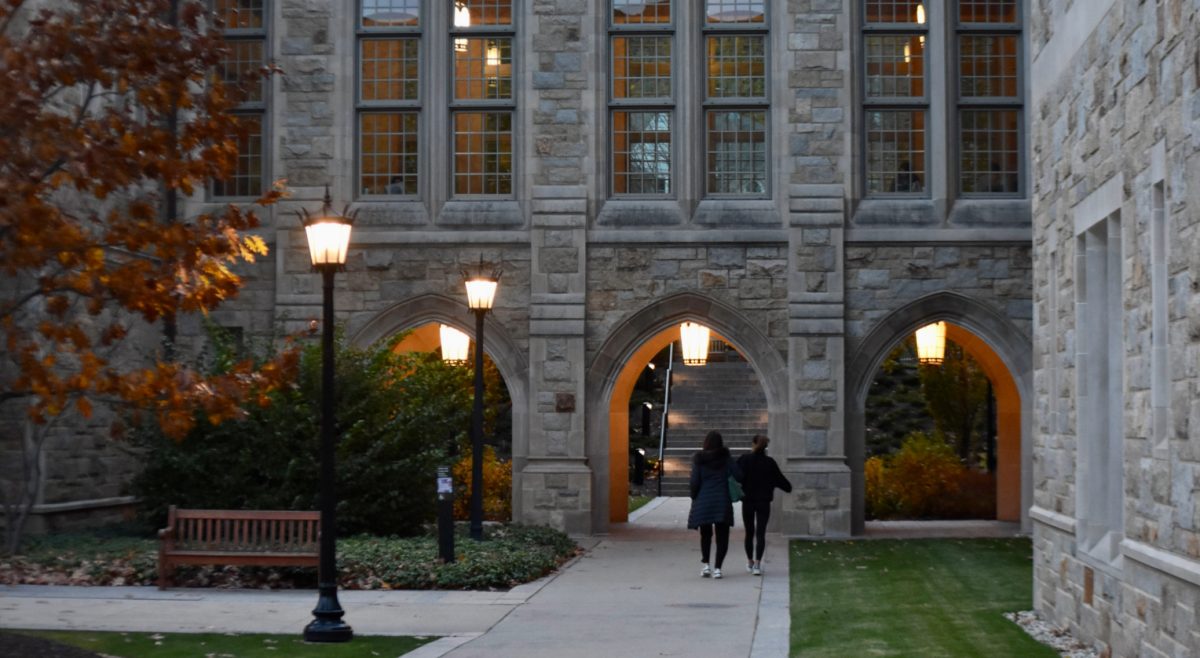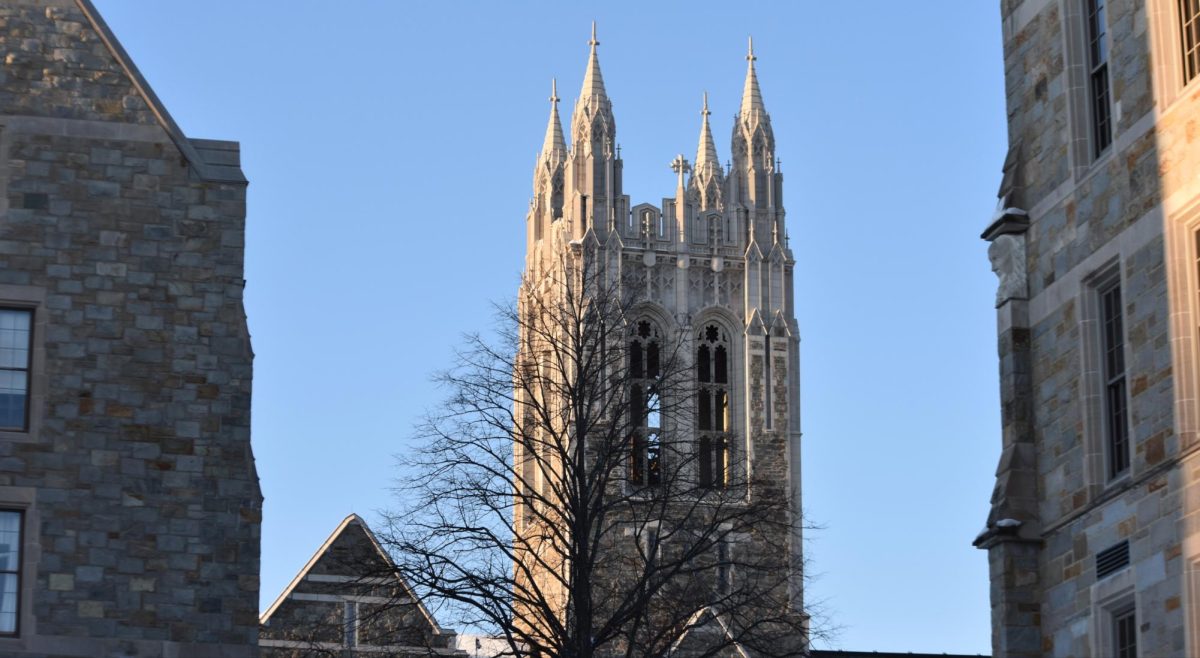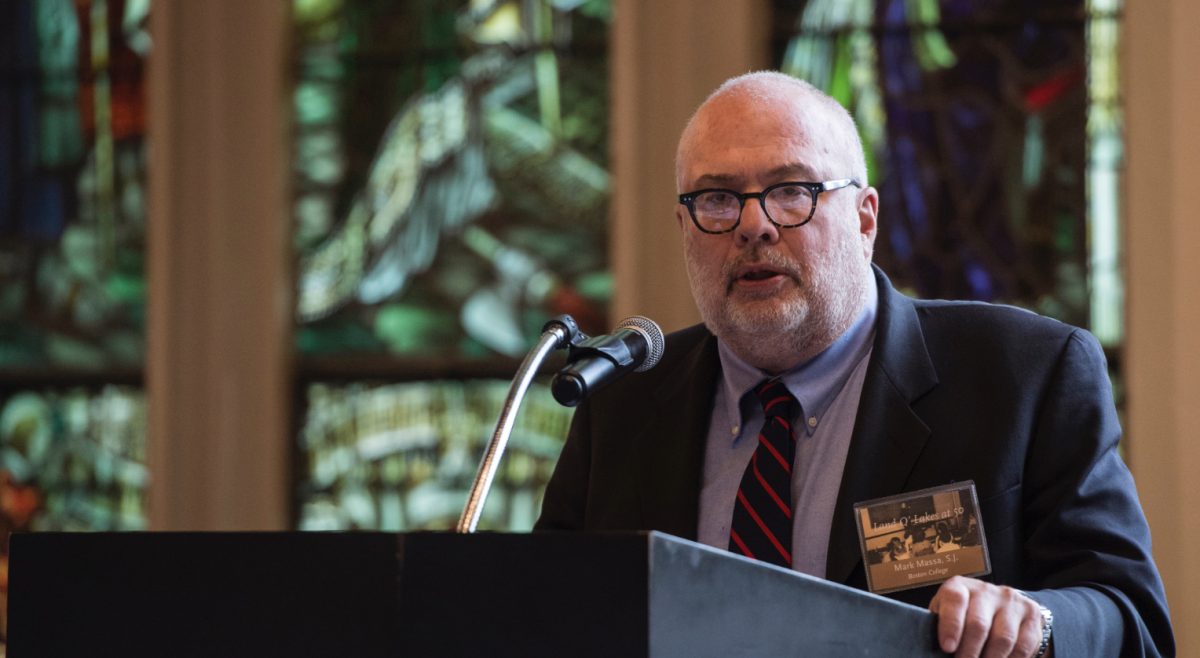After making adjustments to the study abroad application process last year, the Office of International Programs (OIP) will no longer require students to list a fall program on their study abroad applications and will now ask students to list six programs, instead of three, when they apply.
An imbalance in the number of students going abroad in the fall and the spring prompted the University to introduce limits last year on the number of students who could study abroad each semester. The year prior, 72 percent of students applying for study abroad requested the spring semester, while 28 percent requested the fall.
This imbalance was caused in part by certain firms shifting their recruiting windows to the fall of junior year also, which caused many BC students to feel the need to be on campus to try to get jobs during that period, Amy Donegan, assistant dean of undergraduate management advising in the Carroll School of Management, told The Heights last year.
Other students have expressed a desire to go abroad in the spring, rather than fall, so that they don’t miss fall activities such as the BC football season.
The University was experiencing over-enrollment in fall classes and under-enrollment in spring ones, and the Office of Residential Life also found difficulty housing all of the students on campus in the fall, while many rooms would be left open in the spring semester.
“Unfortunately, the University reached a point in which the imbalance between fall and spring study abroad could no longer be sustained,” Gozik told The Heights in February.
On account of the limits, last year OIP required students to list three programs on their applications and rank them in order of their preference—rather than simply apply for one program, as was done in years prior—and to include at least one fall-semester program among them.
The requirement to list a fall program was introduced so that students would start considering fall or summer options from the moment they began formulating their abroad plans, Gozik said at the time.
Because OIP received feedback from students who voiced frustrations that they really did not want to list a fall program on their application, OIP has eliminated that requirement this year, according to Nick Gozik, the director of OIP.
Students will now have more flexibility to pick their preferred programs and semester, but OIP will still balance the number of students going abroad in the fall and spring.
“If the trend from the past few years continues, and we have more applicants for the spring, students may not receive their first choice of semester,” Gozik said in an email to The Heights. “To maximize their chances of getting a preferred program, it is recommended that students list at least one or two fall choices. If they really want a given program, they may list it twice, once for fall and the other for spring.”
While 80 percent of students received one of their top-three choices when OIP handed down the first round of study abroad placements last year, those who did not had to select another three choices from a list of remaining programs. Gozik said that this sparked the decision to expand the number of programs students list on their applications from three to six.
“Rather than making students go back and re-select, from the beginning we are giving students more choices,” Gozik said. “This should help to make the process more efficient, while also giving students a greater opportunity to let us know which programs are most important to them.”
For students who meet the eligibility requirements for study abroad but do not receive one of their top-six choices, OIP will do its best to place them in the alternate semester of one of the programs listed on their application—for example, the fall semester of a spring choice. Students may also be assigned to another program that aligns with one that they selected on their application, as well as their academic reasons for studying abroad, which students provide in the application process.
Maeve McLeod, MCAS ’21, was one student who didn’t receive one of her top three choices last year and had to choose from a pre-approved list of remaining choices.
“The places I originally picked, they fit with my major … And now that I didn’t have that option of picking a program that fit my interests—either my language interests or academic interests— I felt kind of stuck in what I was choosing from,” McLeod said. “It was upsetting that I couldn’t go exactly where I had planned the past two or three years of where I wanted to go for study abroad.”
The changes made to the abroad application process this year were based on the feedback OIP received from students, parents, faculty, and staff, according to Gozik.
“We have done our best to make the process more efficient and transparent, while giving students more opportunities to let us know which programs and semesters are most important to them,” he said.
Featured Image by Jonathan Ye / Heights Editor


















